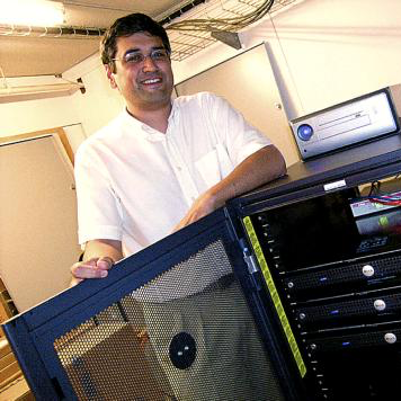Vulnerability by Design in Mobile Network Security

ABSTRACT
The GSM network, commonly called 2G, was designed during the 1980s when the Cold War was still ongoing. Due to political pressure from European governments, the security of GSM was deliberately made weak to allow easy interception by law enforcement agencies. Despite strengthened security in subsequent mobile network technologies of 3G and 4G, the weak security of 2G represents the ‘weakest link’ and thereby limits the security level of mobile networks in general. This article describes the evolution of mobile network security architectures, analyses their security vulnerabilities, and proposes solutions to mitigate the threats posed by these vulnerabilities.
AUTHORS

University of Oslo
Norway
Professor Audun Jøsang works at the University of Oslo and was previously an Associate Professor at QUT, a research leader of the Security Unit at DSTC in Brisbane, and a consultant in the telecommunications industry for Alcatel in Belgium and for Telenor in Norway. He has a Master's in information security from Royal Holloway College, University of London, and a PhD from NTNU in Norway.

TazTag
France
Laurent Miralabé is the co- founder and CTO of TazTag, a company specialized in mobile security whose headquarters are based in France. TazTag's devices are used in the field of identity control, digital signing, and communication privacy. The devices are deployed all around the world enabling thousands of successful transactions each day. Laurent holds a Master's Degree in computer science from the University of Rennes.

TazTag
France
After earning a PhD in cryptography at the University of Caen in France, Léonard Dallot spent 3 years as a contractual researcher in PRISM laboratory in Versailles. During this period, he studied practical cryptography in wireless network protocol and in smartcards implementations. He is now leading the R&D security team for TazTag, a secure smart devices manufacturer.
Published In
Keywords
Journal of Information Warfare
The definitive publication for the best and latest research and analysis on information warfare, information operations, and cyber crime. Available in traditional hard copy or online.
Quick Links
Archive

